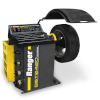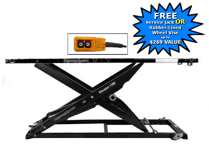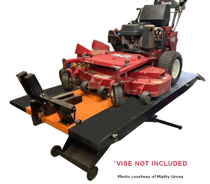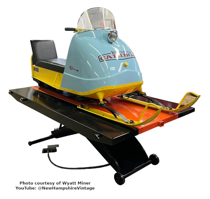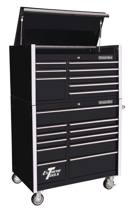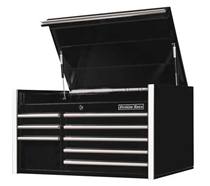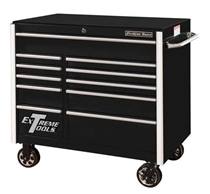Plasma cutting seems like it should be easy process. Turn it on, point it where you want to cut, and make it happen... While the method is simple, there are still other reasons plasma's may give a sub-par performance. Below are 5 tips to help in your quest to cut any metal with ease.
1. Clean ground location: Some hi-tech plasma cutters like Eastwood's Versa Cut Plasma Cutter have a high frequency start, allowing the plasma arc to blast through paint and rust, cutting metal without necessitating having to clean the area that is being cut. However, the plasma cutter user needs a clean, solid ground to help create a strong arc to easily cut through metal. If it is not clean, it can create an unstable arc which may result in inconsistent cuts. Take the extra time to find a good ground location, or grind a clean clamping area. It makes all the difference!
2. Keep the torch “Slag-Free”: When plasma cutting, there will be molten metal splattering and slag goes flying, especially if you are cutting with the torch below the work surface. The slag can inadvertently make its way onto your torch electrode or nozzle. The build up of slag on the business-end of your torch can create an unstable arc and block airflow out of the nozzle. That buildup leads to poor cutting ability even on the most expensive machines. We suggest that you check the end of your torch after each cut to make sure there isn’t a build up of slag that can decrease the performance of your plasma cutter.
3. Dry Air is Friendly Air- Plasma cutters need a constant flow of clean, dry air to allow it to “punch” through the metal when cutting. This is another reason we can’t stress enough how important it is to make sure your compressor has an adequate dryer and water separator system installed. A “last chance” filter was integrated into Eastwood's Versa Cut plasma to make sure clean, dry air reaches the plasma torch. When dirty or moisture-rich air enters into the plasma arc it will be difficult to get a stable arc going as the moisture in the air coming out of the torch will cause the arc to wander. You NEED clean, dry air to create a stable, focused arc!
4. Avoid extension cords- Keep the machine as close to the power source as possible. The same goes for using a welder: the longer and skinnier the extension cord, the more it drops the voltage your machine is receiving. This means you could be “maxing out” your machine cutting something that should only require 3/4 power because the drop in voltage at the machine is so low by the time it makes it through that 20' extension cord. We suggest (especially on the 110V setting) keeping your plasma cutter plugged directly into an outlet. If you do need to use an extension cord, get a dedicated heavy-gauge extension cord that will have the least power drop possible. By heeding this warning you can get high quality plasma cutter performance. Remember, move the work surface or torch and ground, not the entire machine!
5. More Air= More Punch- Check the adjustment for air pressure along with a built-in pressure gauge. Make sure you have enough air pressure going to the torch to allow the plasma arc to properly “punch” through the metal. “Too much” air isn’t as problematic as “too little” air. However we recommend that you dial the air down a bit with thinner metal to reduce the amount of slag / sparks from flying across the room. Hopefully by following these 5 tips you can streamline your plasma cutting jobs, and keep your machine function properly. Thanks to Eastwood for posting these great tips!




